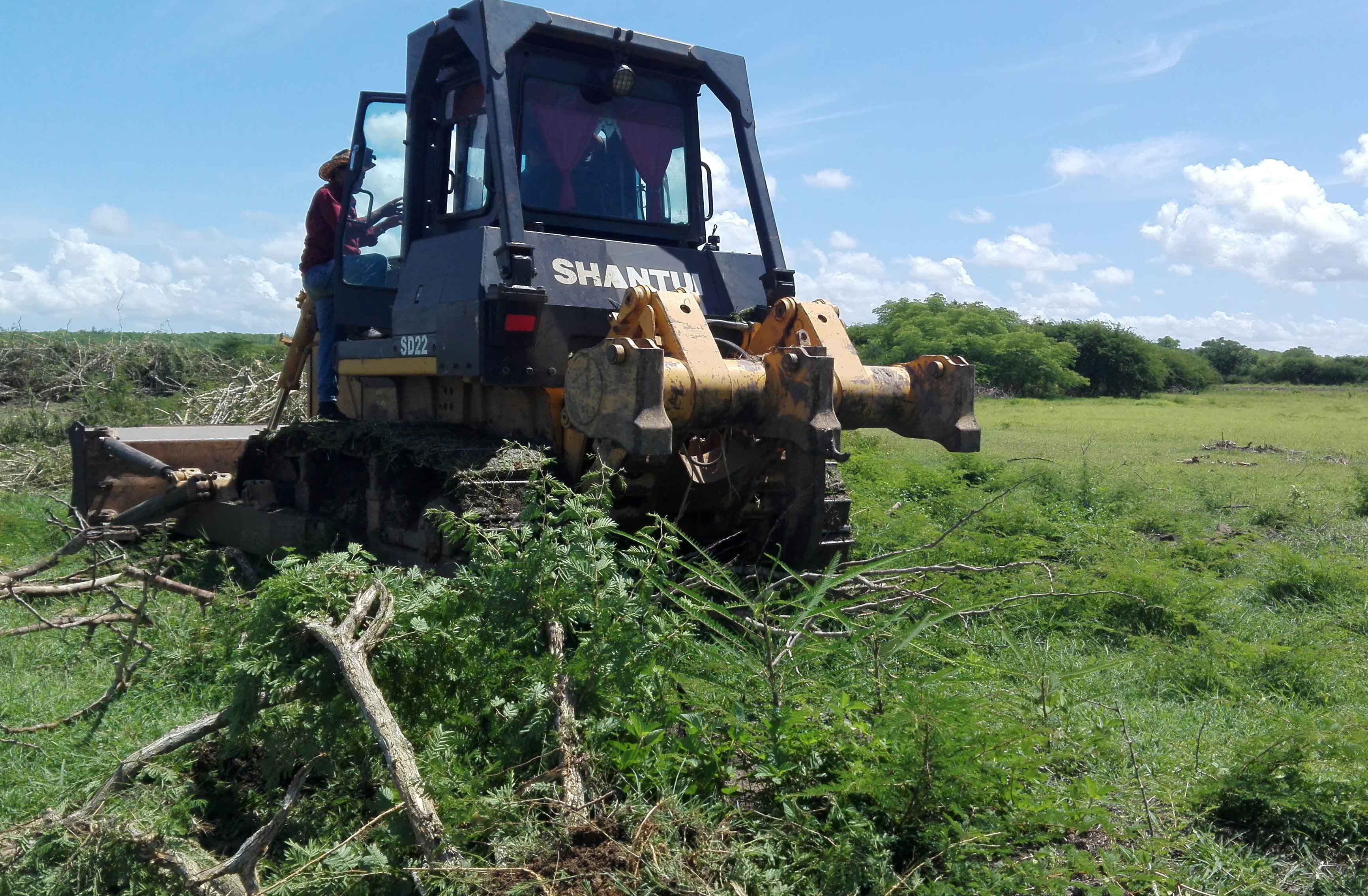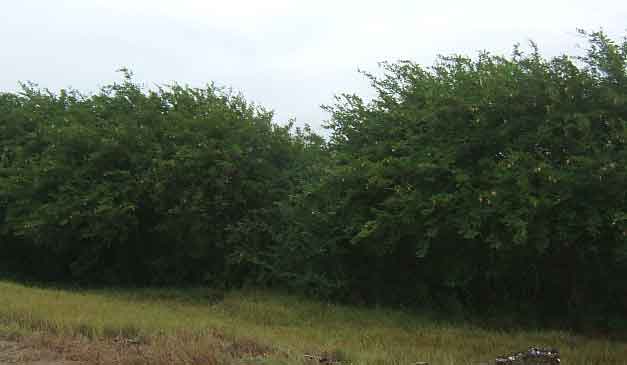
In the last 150 years, the marabou (Dichrostachys cinerea) has become the plant that has proliferated the most in Cuba, a fact that worries a lot and should almost shame us, because that invasive exotic species has taken over large and important areas of land, such as the agricultural belt of the provinces of Ciego de Ávila, Camagüey and Las Tunas.
Las Tunas, Cuba.- Many things happened in all that time, from lack of motivation to indifference, which overshadowed the interest of a few; in many places, it grew without limits of space, even along the roads and railways.
Today it is part of the panorama that is observed as people move from one place to another and within the landscape, there is more marabou, much more.
Exactly, in the territory of Las Tunas, this weed infests, to different degrees, thousands of hectares in areas of the eight municipalities, where it prevents better results in important activities such as various crops and livestock; therefore, it is the specimen of the flora that has caused the most damage to the socio-economic development of the region.
In the first place, the plant has characteristics that make it superior to the others in terms of resistance to drought, pests and diseases; likewise, it easily adapts to all types of soils, which is favorable, taking into account that in Las Tunas more than 80 percent of these are affected.
 Its damages are specified in the displacement of other plant species and their multiplication in clean lands through the feces of cattle, which eat the seeds and deposit them in germination conditions.
Its damages are specified in the displacement of other plant species and their multiplication in clean lands through the feces of cattle, which eat the seeds and deposit them in germination conditions.
In the confrontation with the undesirable bush, numerous resources are invested such as files, machetes, axes and chemical products when there are them. Also significant is the effort of those who remove this vegetation to transform the environment and give a new opportunity to what is most needed in the current circumstances: food production.
Fortunately, the situation looks set to change, for the better. In the battle against the marabou, various organizations and entities of Las Tunas intervene, such as the Credit and Commerce Bank, with tempting loans; the Provincial Delegation of the Ministry of Science, Technology and Environment, which insists on control, not on the elimination all of a sudden. In other words, reduce populations and prevent their reproduction by the immediate use of the already clean areas.
In defense of the plant, it can be argued that it favors the production of excellent quality charcoal, preferred in several European nations, which has brought good dividends to the territory. But it hurts more than it benefits.
The municipality of Las Tunas has been an example in such a struggle. There are the results in the Techo Rojo, Majagual and La Salida farms, and there is the creative spirit with the operation of a mowing machine on a tractor with iron wheels, in addition to the use of heavy machinery to clear the bush.
In short, the marabou must be faced head-on, as some peasants say, and without fear. That is the only option to end a plant epidemic that hurts and undermines our true possibilities.





